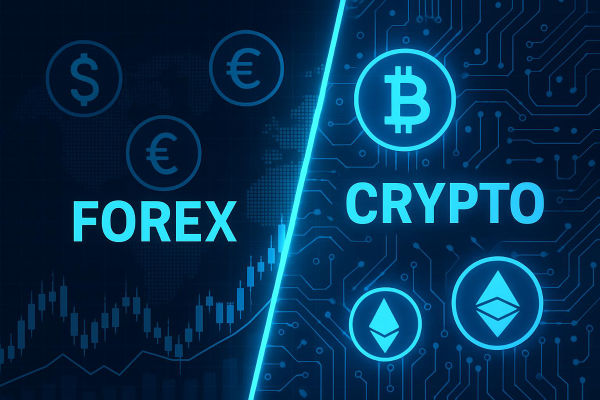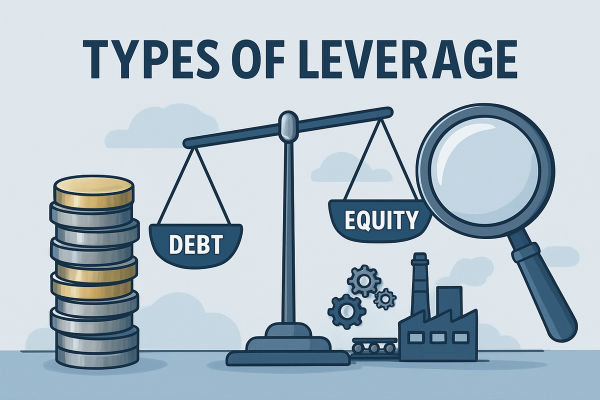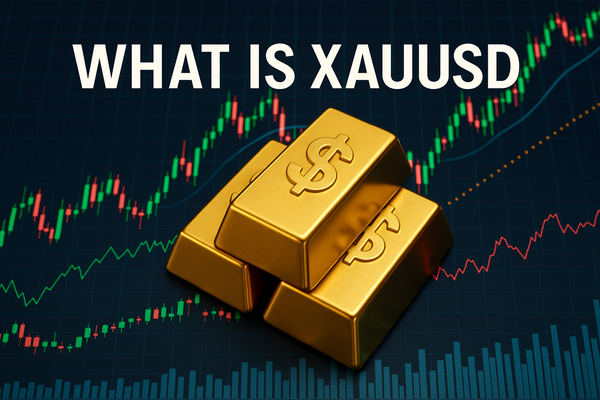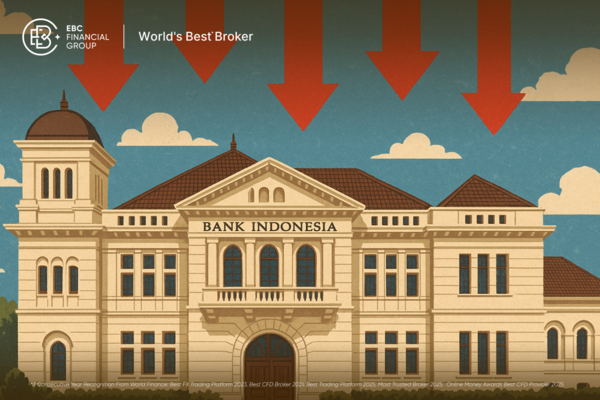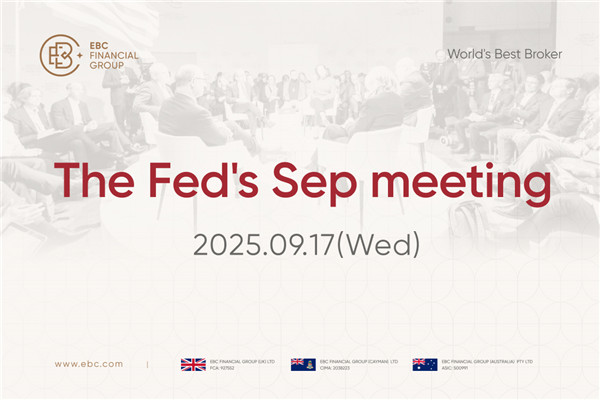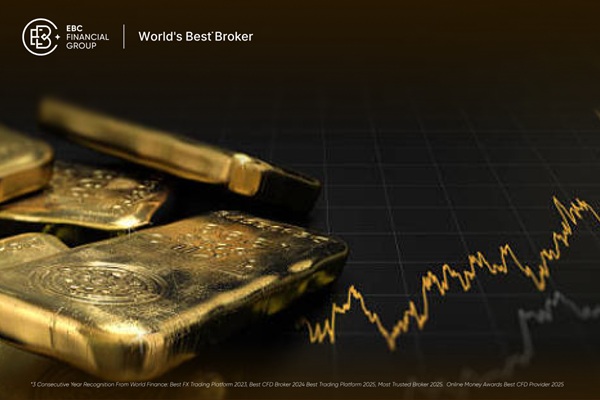Futures and forex trading represent two distinct yet high-risk investment avenues, each presenting unique challenges and opportunities. Below, we provide a comprehensive comparison of the risks associated with both:
Futures Risk Analysis
(1) Price fluctuation risk: Futures trading involves commodities whose prices can fluctuate significantly due to market supply and demand dynamics, leading to substantial price swings.
(2) Leverage risk: With futures, traders can leverage their positions by paying only a fraction of the contract value upfront. While this magnifies potential gains, it also exposes traders to losses exceeding their initial margin.
(3) liquidity risk: The futures market, though active, can experience periods of reduced liquidity. This may impact trade execution, causing prices to deviate from expectations during certain market conditions.
(4) Policy risk: Changes in regulations or policies can influence specific futures contracts, affecting their prices and market dynamics unpredictably.
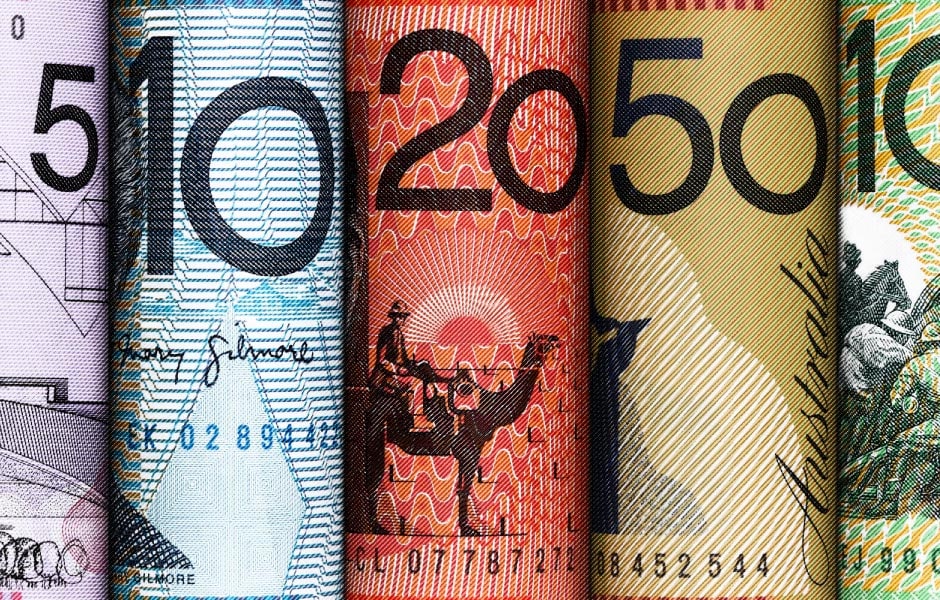
Forex Risk Analysis
(1) Exchange rate risk: Forex trading revolves around currency exchange, subjecting investors to fluctuations in exchange rates between different countries. Such volatility can lead to profit or loss depending on market movements.
(2) Credit risk: The forex market involves numerous participants, including banks and brokers, introducing credit risk. This includes the potential for default by counterparties involved in transactions.
(3) Liquidity risk: Despite its size, the forex market can encounter liquidity challenges, particularly during periods of heightened volatility or low trading volumes, affecting trade execution and pricing.
(4) Policy risk: Similar to futures, changes in economic policies or regulations can impact currency values, influencing exchange rates and market sentiment.
Comparative Risk Overview
Futures trading is characterized by higher susceptibility to market fluctuations and regulatory changes, coupled with significant leverage that enhances both potential gains and losses. Conversely, forex trading primarily revolves around exchange rate fluctuations and credit risks, with liquidity concerns occasionally affecting trade execution.
Conclusion
Whether engaging in futures or forex trading, it is crucial for investors to conduct thorough risk assessments and implement effective risk management strategies. By understanding and mitigating these risks, investors can better navigate the complexities of these volatile markets and safeguard their investments.
【 EBC Platform Risk Reminder and Disclaimer 】: There are risks in the market, and investment needs to be cautious. This article does not constitute investment advice.






